Whale Watching On The Oregon Coast
The Central Coast of Oregon is home to Depoe Bay, the whale-watching capital of the coast - Letters from a Wanderer No 16
Hello and welcome to a new issue of Letters from a Wanderer!
This time, the letters are from Depoe Bay, a quaint town along the central Oregon Coast, known as home of the world’s smallest navigable harbor and the whale-watching capital of the coast.
As we often do when vacationing on the Oregon Coast, my family stopped in Depoe Bay. This time, besides watching for whales from the Whale Watching Center, we also took a small charter boat for a closer look.
As always, thank you for being here! Your support means a lot!
If you are looking for a place to see whales on the Oregon Coast, you can always count on Depoe Bay. At least from March through December. This makes Depoe Bay known as the whale watching capital of the coast.
Besides the occasional migrating whales, between June and October Depoe Bay is also home to resident gray whales, about 200 of them, according to the Whale Watching Center. They stop here during their migration north and stay in the waters of the Central Oregon Coast. Whale-watching boat captains have names for some of them.
Our first stop was the Whale Watching Center, like we do every time we visit the Oregon Coast. More often than not, we see whales from the center. Park staff and volunteers are always around, pointing them out, if you don’t notice them on your own, answering questions, telling stories about the whales they see daily.
Unassuming, a small white building on Highway 101, the Whale Watching Center has a few exhibits, but its most important feature is the observation deck. In fact, it has several observation areas, both inside and out.
You’ll find binoculars for use, displays with facts about whales, and information on swimming patterns of the whales. Sometimes you might see orcas, humpback whales, dolphins, even blue whales swimming by during their migration. But you can always count on seeing gray whales.
During the busiest weeks, thousands of them migrate past Depoe Bay between Alaska and Mexico. Some stay here for the winter.
According to the Center, they may see nearly 20,000 gray whales from mid-December through mid-January on their way south from Alaska to Baja Mexico. Between the end of March and June, they start their migration in the opposite direction, with their calves.
Resident whales are those who stop here in June on their way north, and remain until late November. They offer the best whale-watching opportunities, since they come close to the shore to feed. The Whale Watch Center counts the whales they see each day, and according to their charts, they usually see from 5 to 15 of them a day during this time.
It’s fun to watch them from the shore, from the decks of the Whale Watching Center, but nothing beats getting closer, and watching them from a boat!
I didn’t think I would ever get on a boat, since I am prone to motion sickness/sea-sickness, and I don’t even swim. But I’m so glad I did! It was the experience of a lifetime for a land-lover like me.
On the boat, I learned even more about whales and their habits. Once in the vicinity of the areas where the resident whales feed on the reef areas, the boat sits still. And we wait. Usually we don’t have to wait long before we see a spout, and a whale back out of the water.
The captain pointed out places where a whale would dive. I didn’t notice it, but I learned that you know from the dive where to watch for the whale to resurface a few minutes later. When we saw a spout, we usually were also able to see more within half a minute, if we guessed which direction the whale was moving.
About Gray Whales
Of all the large whales, gray whales live and migrate closest to shores, which is the reason we can see them most often. They rarely go farther than 15-18 miles farther from the shore. They like the shallow coastal waters of the Northern Pacific for their feeding grounds, where they find plenty of invertebrates, both on the sea floor and above the waters, to feed on.
They grow to about 49 feet long and weigh about 90,000 pounds, females being slightly larger than males. They mature between 6-12 years old. Females give birth a a single calf after about 12-13 months gestation. Newborn calves weigh about 2,000 pounds and are about 14 to 16 feet long. They are dark gray and lighten as they age.
In the summer, they live as far north as Alaska, while in the winter they migrate to warmer waters, to Mexico’s Baja California for breeding. They make one of the longest annual migrations of any mammal, traveling about 10,000 miles round-trip and in some cases upwards of 14,000 miles.
A few pods spend the summers along the Central Coast of Oregon, and all along the corridor from Vancouver to Northern California.
In the fall, they migrate from their summer feeding grounds, heading south to spend the winter off the coast of Baja California, Mexico. Calves are born in the shallow lagoons and bays of Mexico, or during the migration, from early January to mid-February. Once the calves are old enough to travel, the pods start their migration north again.
Gray whales are protected under the Marine Mammal Protection Act, reducing many of the threats to their population. These threats include climate change, but also entanglement in fishing gears, collision with large vessels, ocean noise, habitat degradation, and disturbances from whale watching activities.
Climate change causes changes in the ice coverage in their feeding regions and affects prey distribution, leading to nutritional stress and diminishing reproduction for gray whales. Changing of water temperature and currents may also impact their timing for navigation and migration.
Gray whales get easily entangled in fishing gear, and collide with large vessels along the coast, so it is important to regulate fishing activities and watch out for them from large boats.
Underwater noise pollution disrupt their ability to communicate with each other, adding more stress to the population of gray whales. This underwater noise pollution can also be due to whale watching activities in some cases. Knowing this, my family resisted the urge to embark on whale watching tours for years.
But in Depoe Bay, the whale-watching boats are small, generating less noise underwater. They stop their engines when they reach areas where whales are present, keep a distance regulated by the viewing guidelines of the Marine Mammal Protection Act, and don’t disturb the whales while pointing them out to their passengers.
When visiting Depoe Bay, the best way to learn about whales is at the Whale Watching Center, while you can most likely also spot at least one.
Whale watching from the small boats of the charters of Depoe Bay is probably one of the least harmful way to get closer to the whales, and watch them in their natural habitat. Although the boat captains know several of them by name, they won’t bring their boat close enough to stress the whales. At least that was my experience.
Still, gray whales need our protection. And the more we know, the better equipped we are to help protect them.
Thank you for reading! Have a wonderful day and if you are on the road, happy travels!
All the best,
Emese
If you liked this post, please let me know either by hitting the “like” button (this will make it easier for others to find it), or sharing it.
You could also subscribe to the newsletter, if you’d like to read more of my posts, to receive them directly in your inbox as soon as they are published. All posts are free to read, Paid Subscriptions are only a way to show your appreciation and support my work.
You can also show your appreciation for this post alone (or any individual post) by adding a tip to buy me a coffee.
For more articles about Oregon, as well as other places I visited and wrote about (including the US Southwest, Maya archaeological sites in Mexico and Central America, and many other places, travel stories, guides, and much more) visit my main travel site, Wanderer Writes.


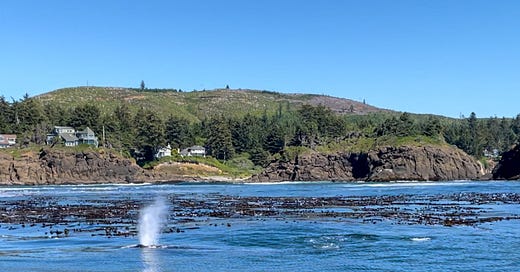



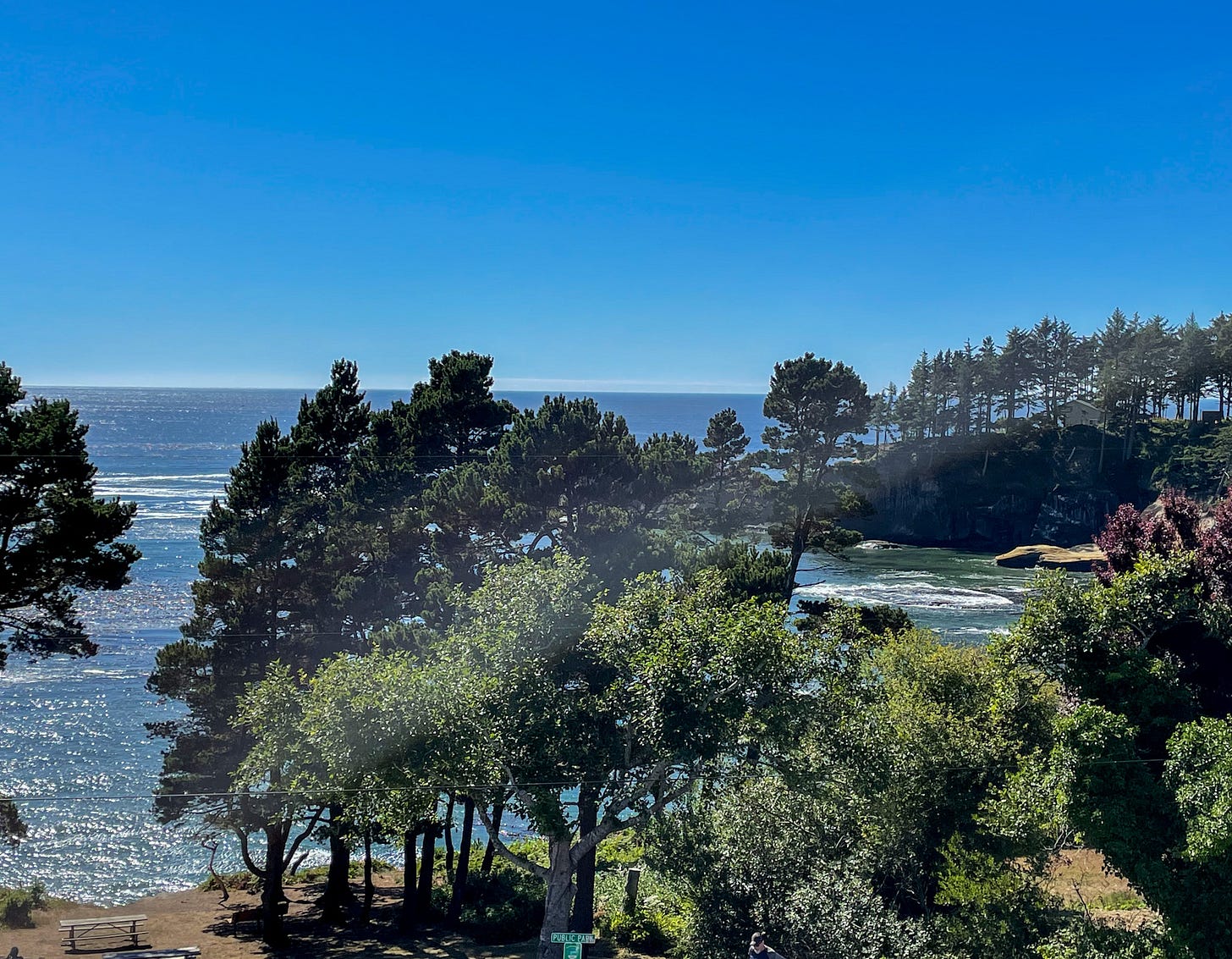
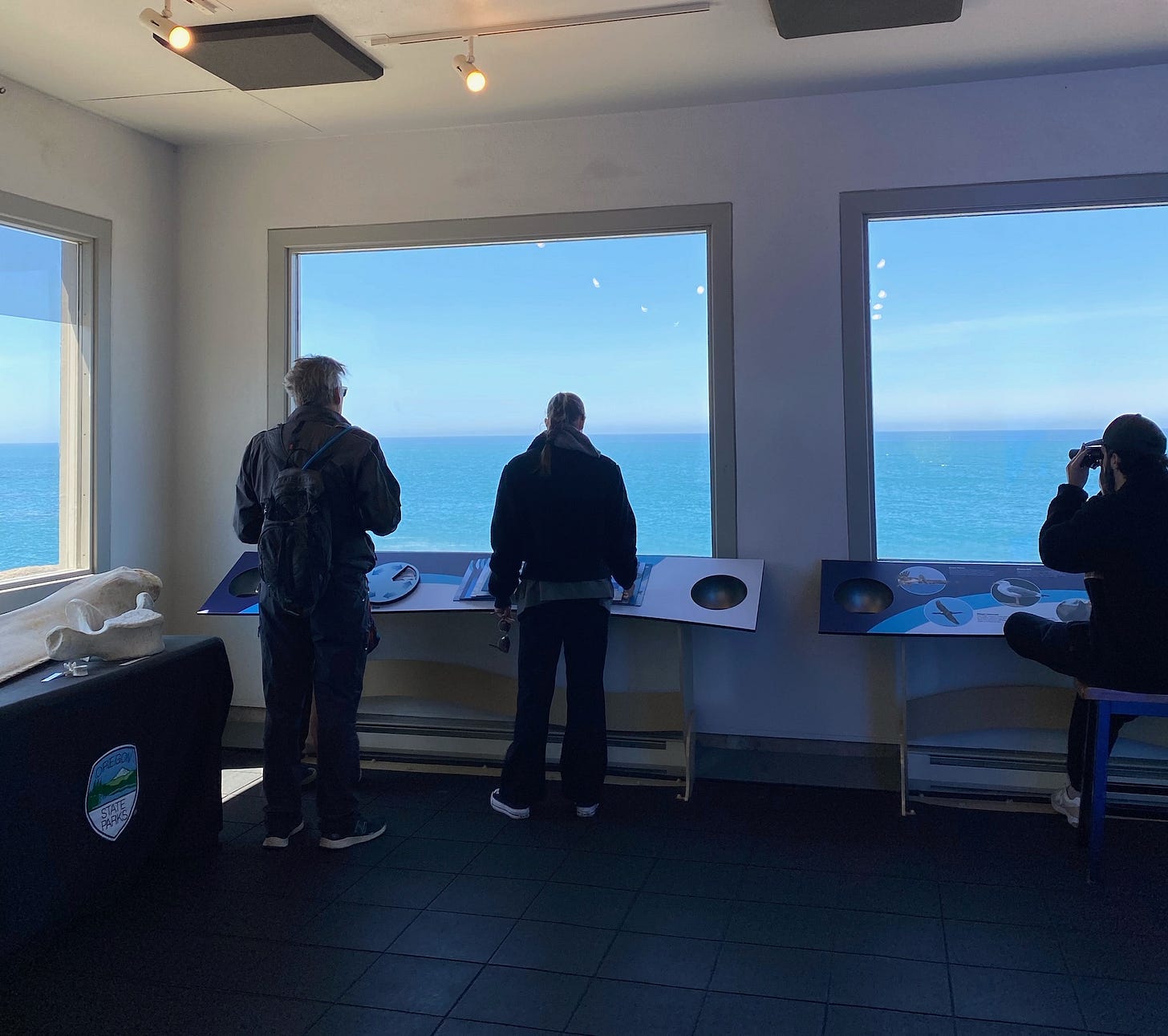
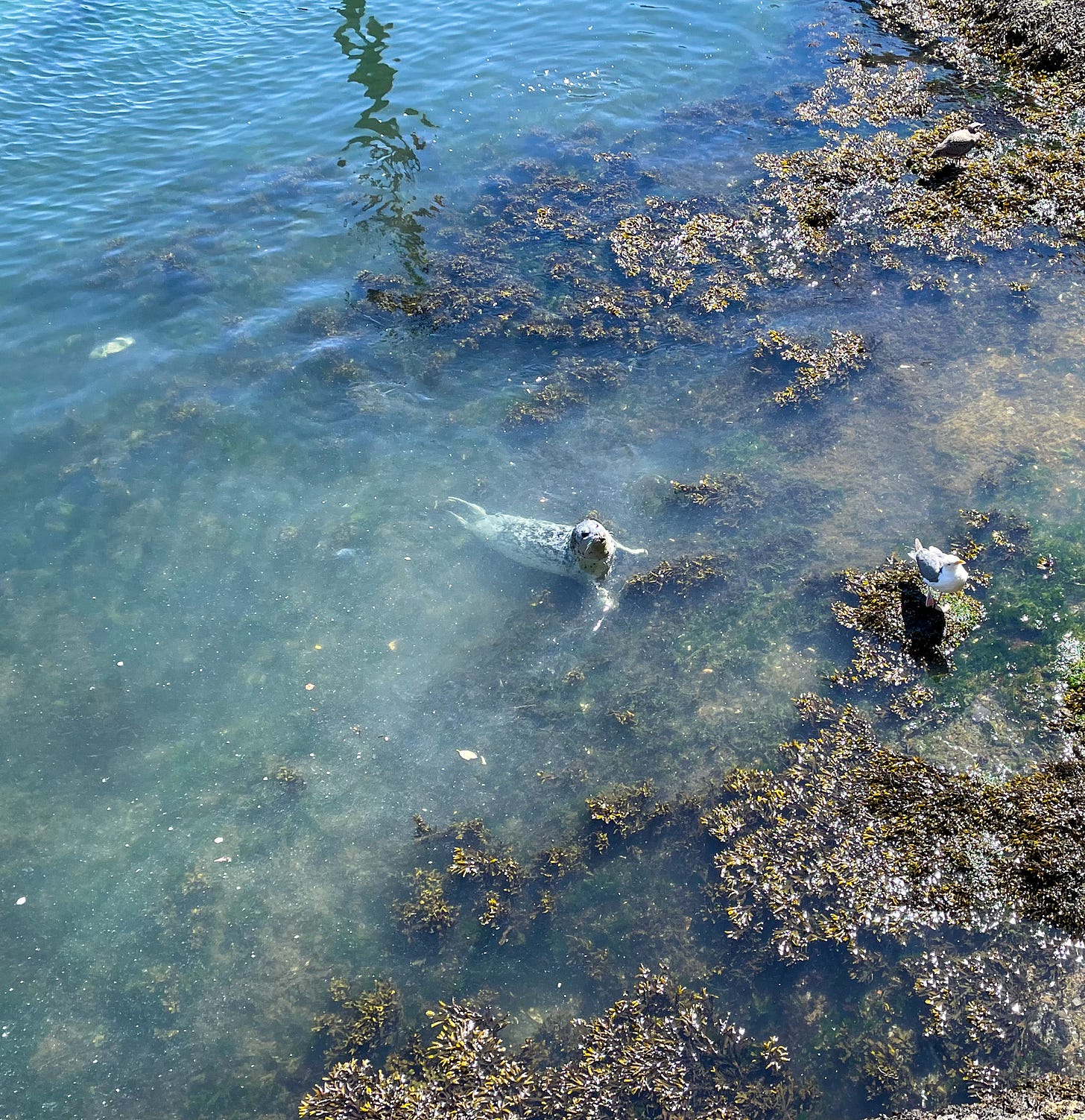
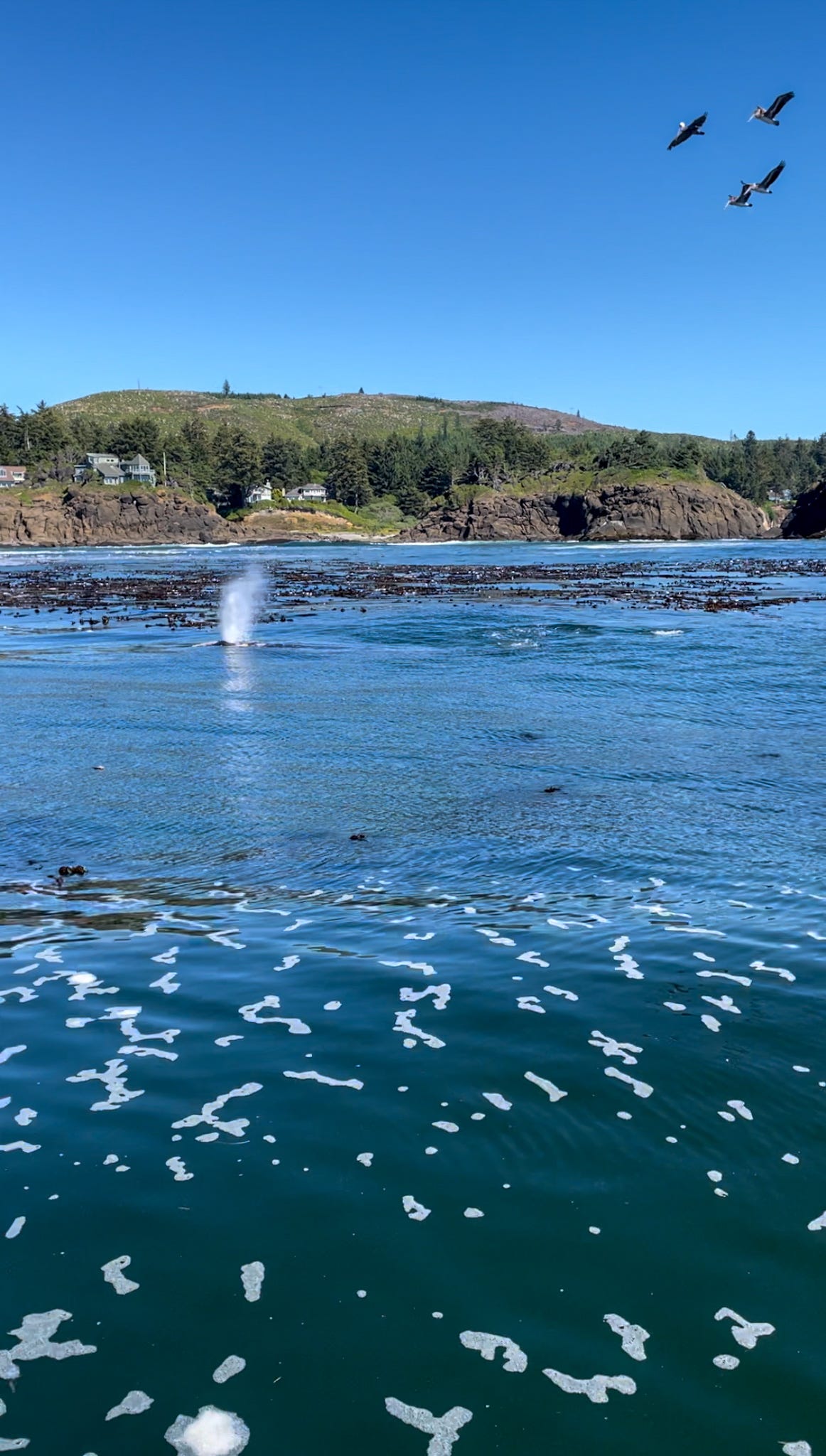
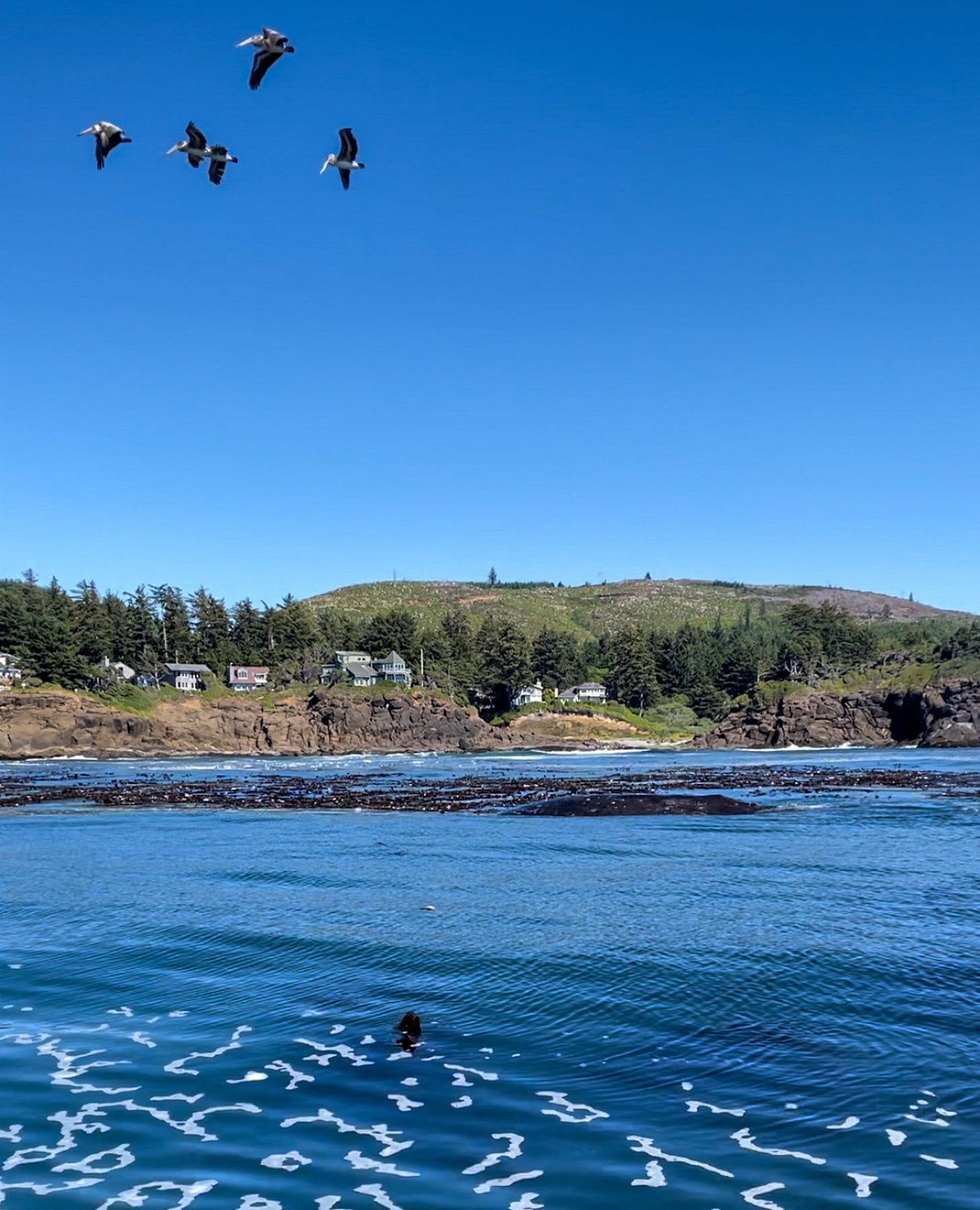




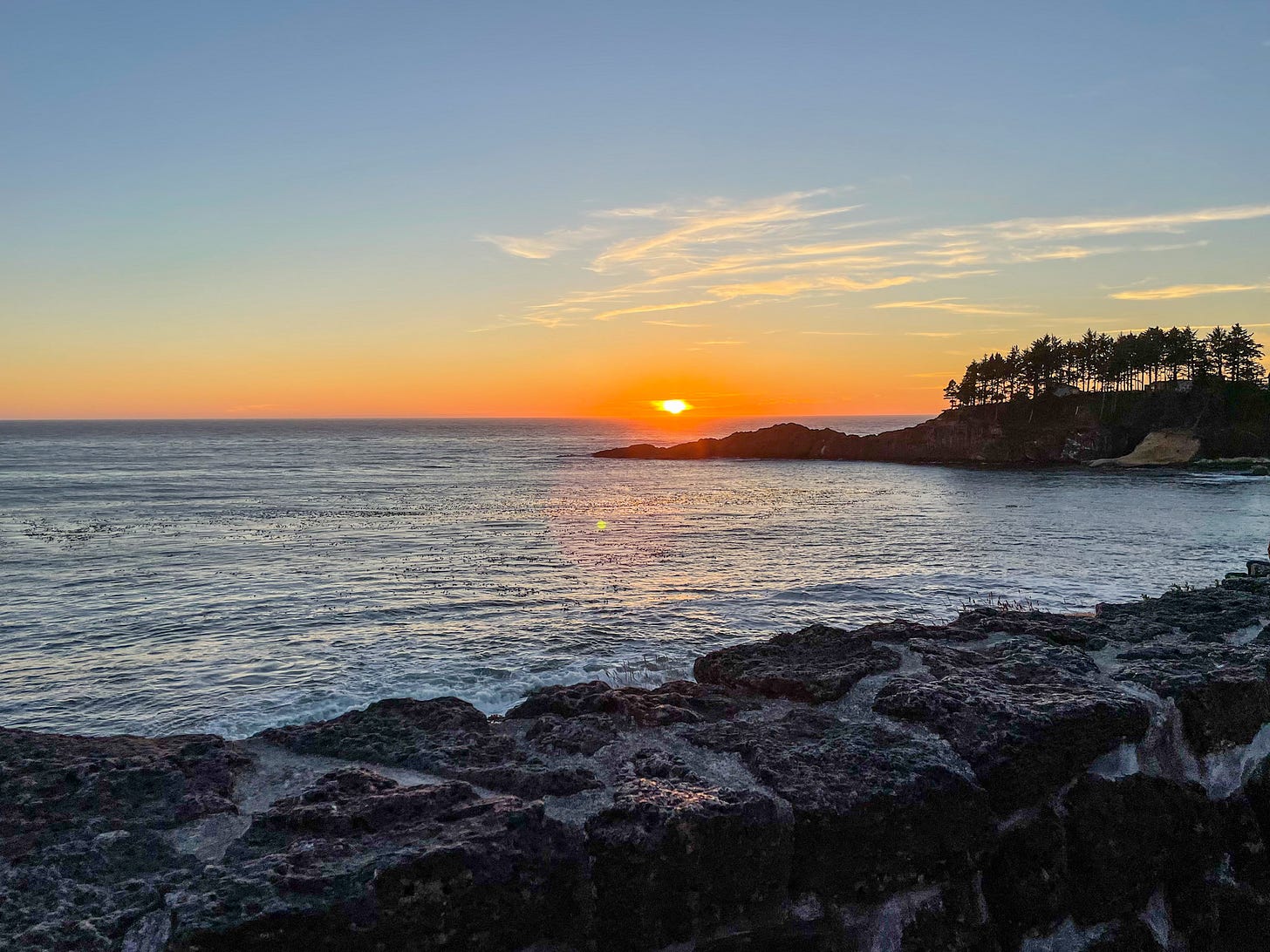


Very cool article! Whale babies weighing 2,000 pounds is crazy